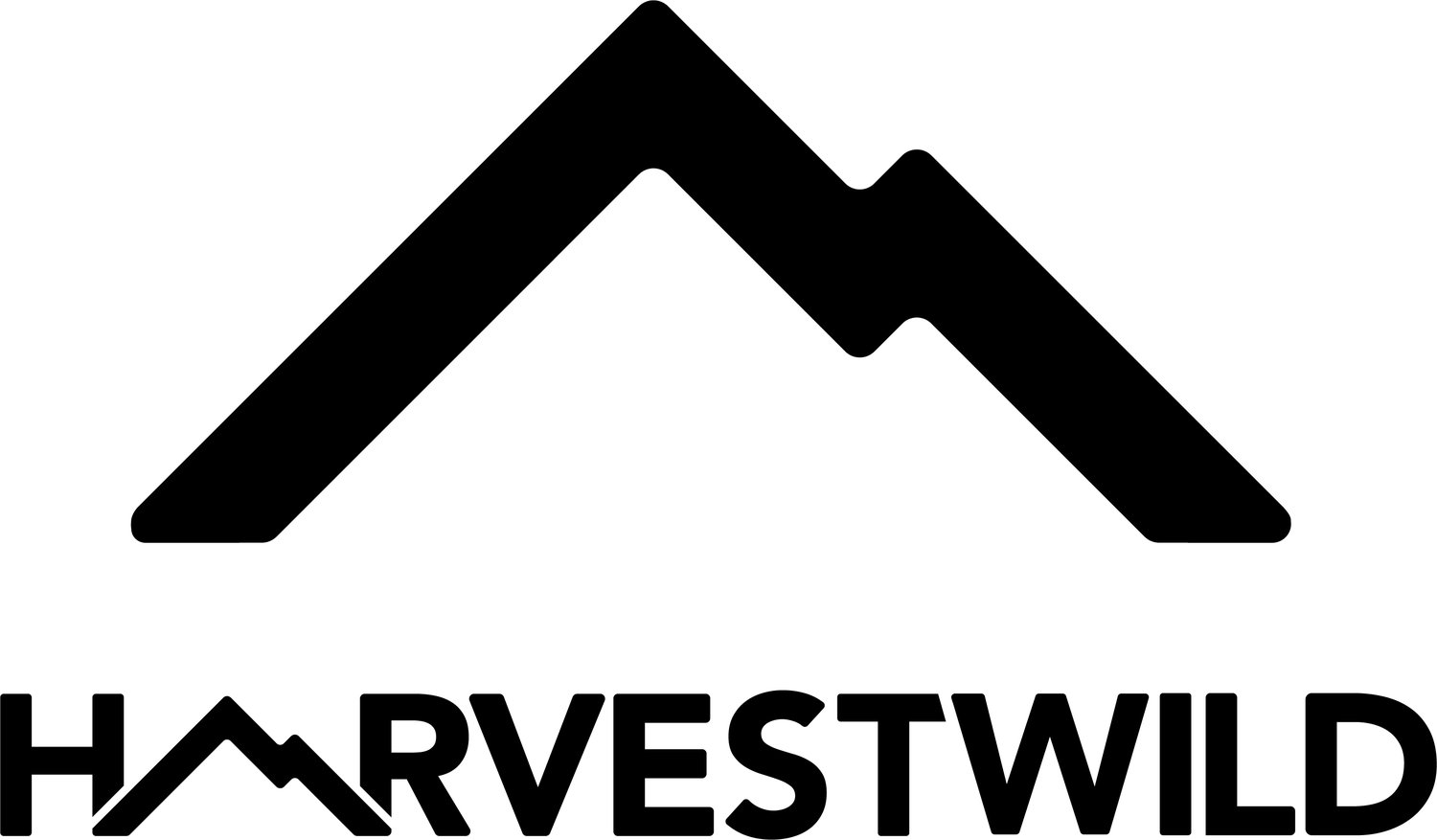New bill that went into law in March - Read Up.
/Victory for Public Lands Conservation and Access: SB. 47 Passes House/Senate and Signed into Law in March
At the end of February, a very significant piece of bipartisan legislation cleared the House and the Senate, and in March was signed by the president and became law. The legislation, now known as The John D. Dingell Jr. Conservation, Management and Recreation Act, is the most significant public lands legislation passed in a decade. This legislative package includes many provisions dedicated to enhancing public access and opportunities for hunting and fishing in addition to conserving treasured lands and waters important to hunters and anglers and critical habitat for fish and wildlife.
A couple of specific provisions that will result in positive outcomes for conservation and public lands access in California, and are supported by great conservation organization like Backcountry Hunters and Anglers (BHA), are described more in detail below (excerpts taken from Understanding Public Lands Policy Package, BHA, January 16, 2019)
Land and Water Conservation Fund
LWCF is a bipartisan program passed in 1964 by Congress to improve outdoor recreation, increase public access and conserve important public lands and waters. With almost $4 billion invested in federal, state and local projects, LWCF remains the most successful conservation program in U.S. history.
Congress allowed LWCF’s authorization to expire on September 30, 2018 leaving the future of this program hanging in the balance. Under S. 47, LWCF was permanently reauthorized. On April 9, 2019, Sens. Cory Gardner (R-CO), Joe Manchin (D-WV) and many other senators introduced the Land and Water Conservation Fund Permanent Funding Act(S. 1081), which would fully dedicate $900 million to the program.
California Desert Protection and Recreation Act
Sen. Dianne Feinstein (D-CA) and Congressman Paul Cook (R-CA) worked together in finding a common-ground solution on advancing legislation that designates wilderness areas, special management areas and allows renewable energy development on public land. This provision is a prime example of bi-partisanship that involved all stakeholders in finding the desired balance between conservation, recreation and energy development. The process and making of this provision is a model for all future legislative work when dealing with the increasing conflicts between conservation and development in California.
Partners for Fish and Wildlife Program Act
The Partners for Fish and Wildlife program allows the Fish and Wildlife Service to provide technical and financial assistance to private landowners to restore, enhance, and manage private land to improve fish and wildlife habitats. Major goals have been identified by the FWS as core components for the Program: conserving habitat for the benefit of priority fish and wildlife species; broadening and strengthening partnerships; improving information sharing and communication; and, enhancing the Service workforce to with a focus on increased accountability and ensuring agency actions are efficient and effective.
Since 1987, the program has received more than $1 billion in federal dollars and leveraged over $1 billion for partner contributions. This is a 1 to 1 ratio investment. The Reauthorization of the Partners for Fish and Wildlife Program at current funding levels benefits these collaborative efforts and helps implement critical projects that restore grasslands, wetlands and other habitats important to our critters, including pheasant, canvasbacks, mule deer, and other game species.
S. 47 reauthorizes the program until fiscal year 2022.
For more detailed information on efforts by great conservation organization like Backcountry Hunters and Anglers—organizations that share the same vision and similar values for outdoor recreation and access to our public lands as HarvestWild—please consider reading more on their website and providing financial support.
Thanks for reading. Keep it real….. keep it Wild!
Ben Letton


